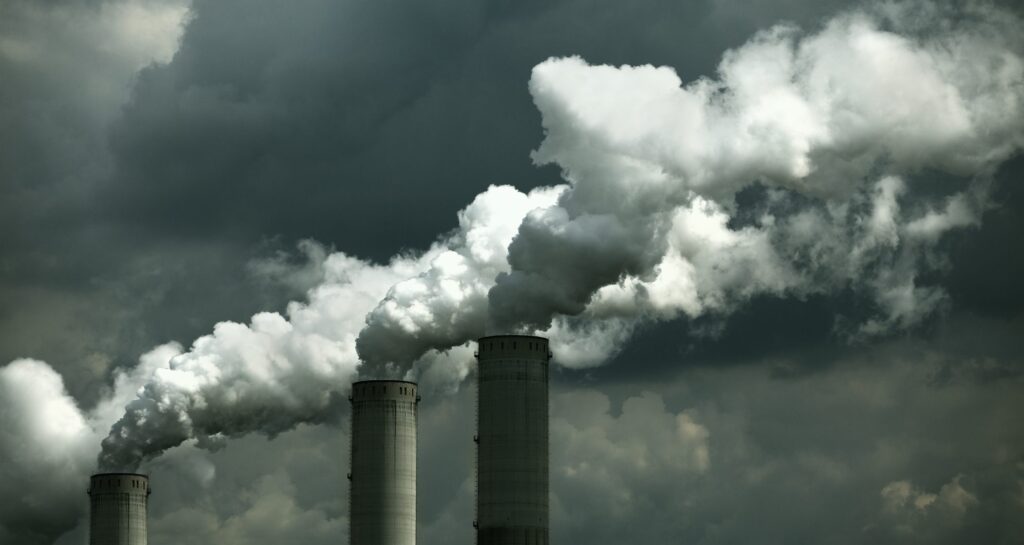Yes the tornadoes have been very, very bad over the past few months. And over the past year so have the tropical storms, floods, droughts, heat waves, and so forth in places as diverse as Tennessee, Iowa, the Mississippi river basin, Australia, Pakistan, Russia, China, ad nauseam .
And yes, this is a post about Climate Change and how there is new evidence that the climate models are wrong and that global warming is probably increasing faster than the models predicted. But the new evidence is not all the frighteningly deadly extreme weather events that we have witnessed (and by which too many of us have been victimized).
Oh those extreme weather events are certainly consistent with predictions made by climate modelers. But all those extreme weather events are not the new evidence of “Climate Change Gone Wild” to which I’m referring. No the new evidence has everything to do with 13 species of common plants in the Midwest and what all the excess carbon dioxide in the atmosphere is doing to them.
Here’s the evidence climate change is likely occurring faster than we expected: <a href="http://www.nsf.gov/news/news_summ.jsp?cntn_id=119583&org=NSF&from=news"a new study over an eleven (11) year period funded by the National Science Foundation and the Department of Energy has just been just published in the journal Global Change Biology. It shows that excess carbon dioxide in the atmosphere affects those plants significantly in one very important way: Exposure to excess CO2 makes these plants less able to absorb CO2 emissions.
Researchers from the University of Wisconsin-Eau Claire and University of Minnesota-Twin Cities conducted an 11-year experiment with 13 plant species common in U.S. Midwestern states.
The scientists added extra carbon dioxide (CO2) to the plants’ environment to discover how–in the higher carbon dioxide world of global warming–the plants would respond.
The results suggest that plants’ capacity to absorb extra carbon from the atmosphere as CO2 levels rise may be less than expected.
So what if a few plant species can;t absorb carbon emissions as well as anticipated, you may say. What does that prove? Well I’ll let one the authors of the study quoted in the NSF press release spell it out for you:
“[The study’s findings] have major implications for models of future climate,” says Peter Reich, a forest ecologist at the University of Minnesota and co-author of the paper. “Current state-of-the-art climate models assume that vegetation will soak up much of the extra CO2 we put into the air from fossil fuel burning.”
But the new results, says biologist Tali Lee of the University of Wisconsin-Eau Claire and first author of the paper, “show that the capacity of some terrestrial ecosystems to absorb the extra CO2 may be less than the models assume.”
That means that today’s carbon cycle models likely underpredict the pace of increase of future CO2 levels, and therefore the pace of climate change, say Lee, Reich and Susan Barrott of the University of Minnesota, also a co-author of the paper.
“What this all boils down to,” says Reich, “is that the world could warm even faster than we thought.”
Or as the program director of the NSF’s Division of Environmental Biology dryly puts it:
“Now we have convincing evidence that the photosynthesis of typical grassland species will not respond as we had thought … The cautionary implications for global climate models are clear.”
This research by the Minnesota and Wisconsin scientists, by the way, is consistent with studies that show trees are absorbing less CO2 also as carbon emissions have increased:
The ability of forests to soak up man-made carbon dioxide is weakening, according to an analysis of two decades of data from more than 30 sites in the frozen north.
The finding published today is crucial, because it means that more of the CO2 we release will end up affecting the climate in the atmosphere rather than being safely locked away in trees or soil.
The results may partly explain recent studies suggesting that the amount of CO2 in the atmosphere is increasing faster than expected. If higher temperatures mean less carbon is soaked up by plants and microbes, global warming will accelerate.
Yes the implications are clear. The climate models all assumed that these plants would soak up a lot of the carbon emissions we keep pouring so recklessly into the Earth’s atmosphere. Turns out that the more CO2 introduced into an eco-system, the less able the vegetation can absorb those emissions. That means that more CO2 remains in the air, or in other words, CO2 concentrations in the atmosphere achieve higher levels than expected sooner than expected.
Thus, the higher the CO2 concentrations, the faster the globe warms, the more the climate changes.
It’s not the tornadoes, people, that shows climate change is real and is accelerating. It’s the evidence of the diminished ability of grasses, weeds, trees and other plants to absorb the excess carbon dioxide human beings are emitting that is another “smoking gun” demonstrating that global warming is real and worse than we thought.
As for the climate change deniers? Well, thy can spin all they like regarding the lack of any direct connection between global warming and specific tornado outbreaks and other extreme weather events, but they can’t change the facts that CO2 emissions are increasing and that the globe is warming. The further evidence that plants can’t absorb as much carbon dioxide as we assumed is just one more nail in the coffin of their “fake debate” over global warming.
